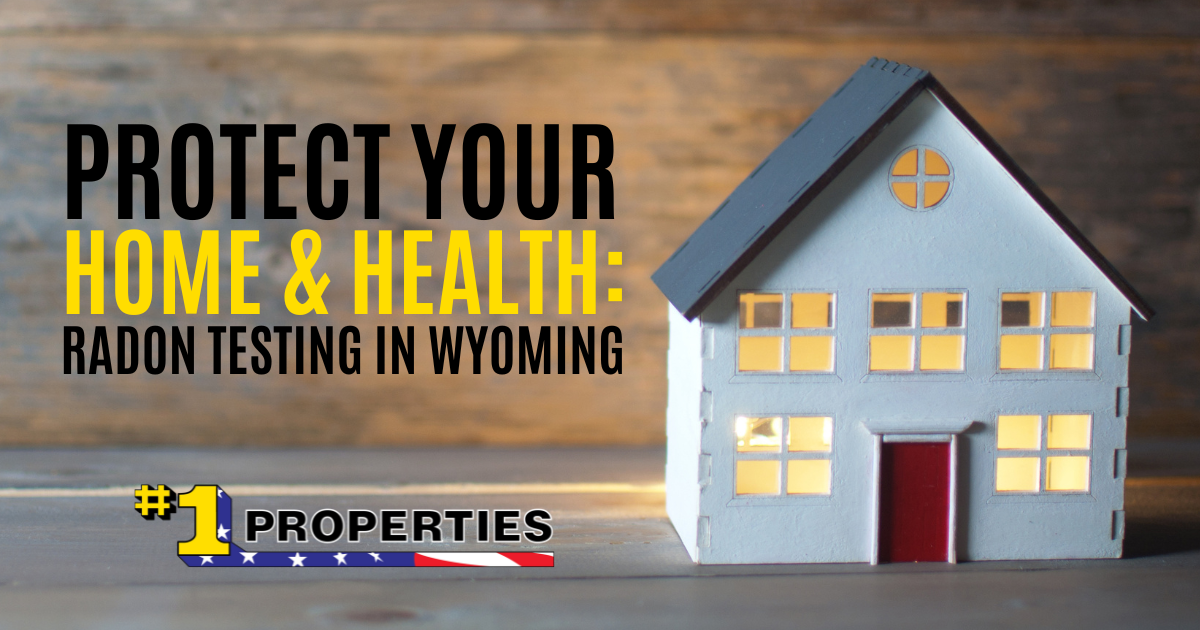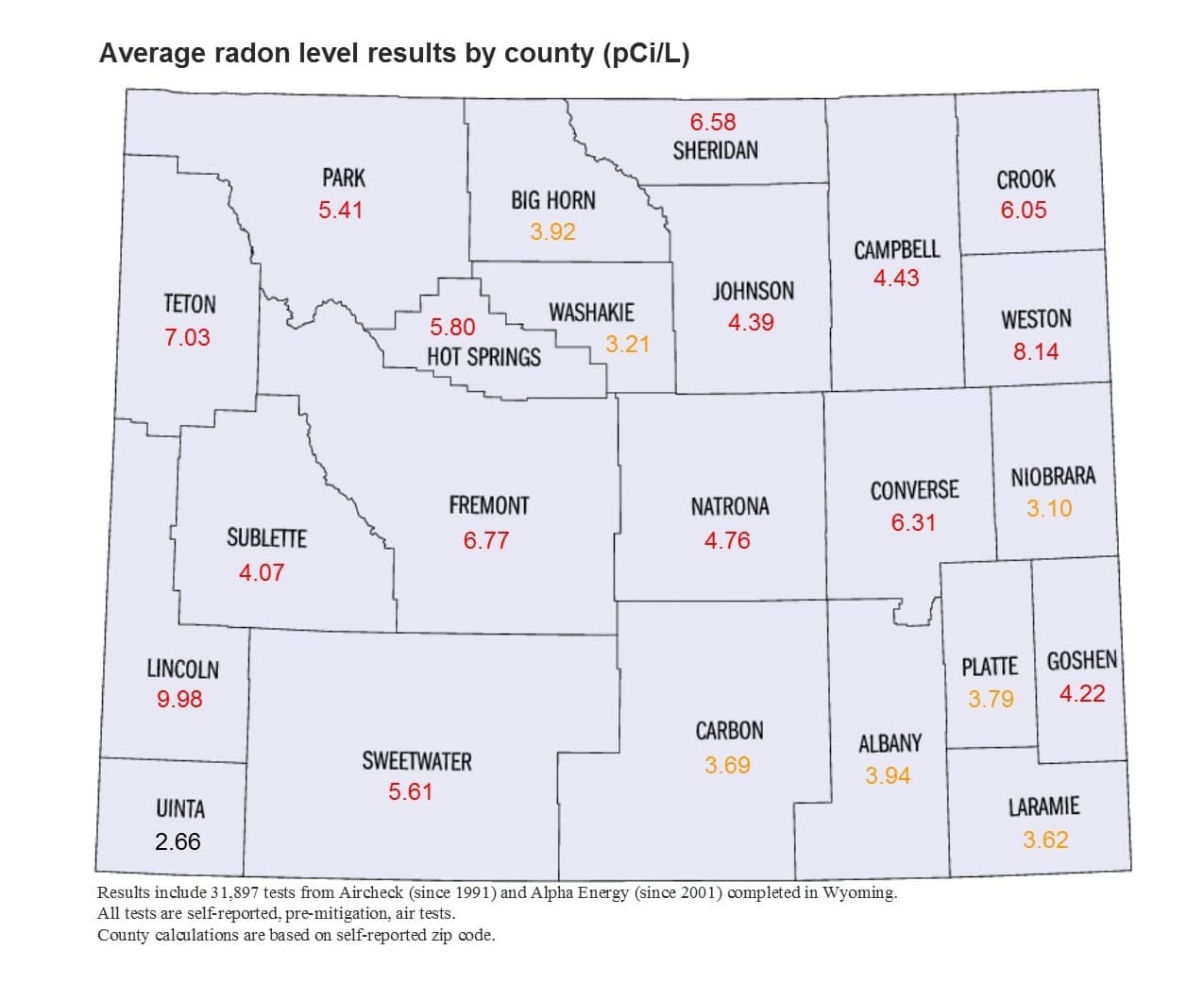Protect Your Home & Health: Radon Testing in Wyoming

The Wyoming Department of Health is offering free radon test kits (while supplies last), so we figured it’s the perfect time to talk about what radon is, why it’s dangerous, and how testing your home can help protect you and those you love!
What is Radon?
Radon is a cancer-causing, radioactive gas produced by the natural decay of uranium and radium in rocks and soil. You cannot see, smell, or taste radon, but it can seep into your home through cracks in the foundation, construction joints, and gaps around pipes. Over time, it can accumulate to levels that pose serious health risks.
Breathing air that contains radon increases your risk of developing lung cancer. According to the Surgeon General, radon is the second leading cause of lung cancer in the United States. If you smoke, your risk is even greater when combined with high radon levels.
Nearly 1 out of 15 Homes in the United States has Elevated Radon Levels
Radon doesn’t discriminate—it can affect any home, regardless of its age, design, or condition. Whether your home is:
- New or old
- Well-sealed or drafty
- Built with or without a basement
The only way to know if radon is present in your home is through testing. Elevated radon levels—defined as anything above 4 pCi/L (picocuries per liter of air)—require action to reduce exposure. Fortunately, there are effective solutions, such as installing a radon mitigation system, to ensure your home is safe.

The EPA Recommends
- If you are buying or selling a home, have it tested for radon.
- For a new home, ask if radon-resistant construction features were used and if the home has been tested.
- Fix the home if the radon level is 4 picocuries per liter (pCi/L) or higher.
- Radon levels less than 4 pCi/L still pose a risk and, in many cases, may be reduced.
- Take steps to prevent device interference when conducting a radon test.
Testing is the Only Way to Know if Radon is Present in Your Home...
...And it's crucial to make sure it is done correctly!
Test kits should be used in the lowest livable level of the home (crawl spaces not included) and placed in a central location. Test kits should not be placed next to windows, vents or any area that could cause a draft around the test kit, which could affect the results. Test kits should also be placed in a manner to prevent them from being kicked, bumped or disturbed. Once complete, follow the instructions on the test kit to send it to the laboratory directly.
Currently, the Wyoming Department of Health is offering free Radon Testing Kits (while supplies last). Test kits are available for purchase at a discounted rate for Wyoming residents if the free test kits have run out.
Click here to order a test kit online (limit one per order) through our partner, Alpha Energy Laboratories, LLC. If more than one test kit is required, please call the Wyoming Radon Program at 307.777.6015 to place the order. For questions or more information, contact the Wyoming Radon Program at 307.777.6015. Haga clic aquí para pedir un kit de prueba en español.
If the test kit finds elevated radon levels in your home, please visit the National Radon Proficiency Program or the National Radon Safety Board to find a certified radon service provider near you.
For a much more detailed look at Radon and how to protect yourself from it, please visit Home Buyer's and Seller's Guide to Radon on the EPA's website.
Sources:
Home Buyer’s and Seller’s Guide to Radon. United States Environmental Protection Agency. (2024).
Radon. Wyoming Department of Health. (2025).
